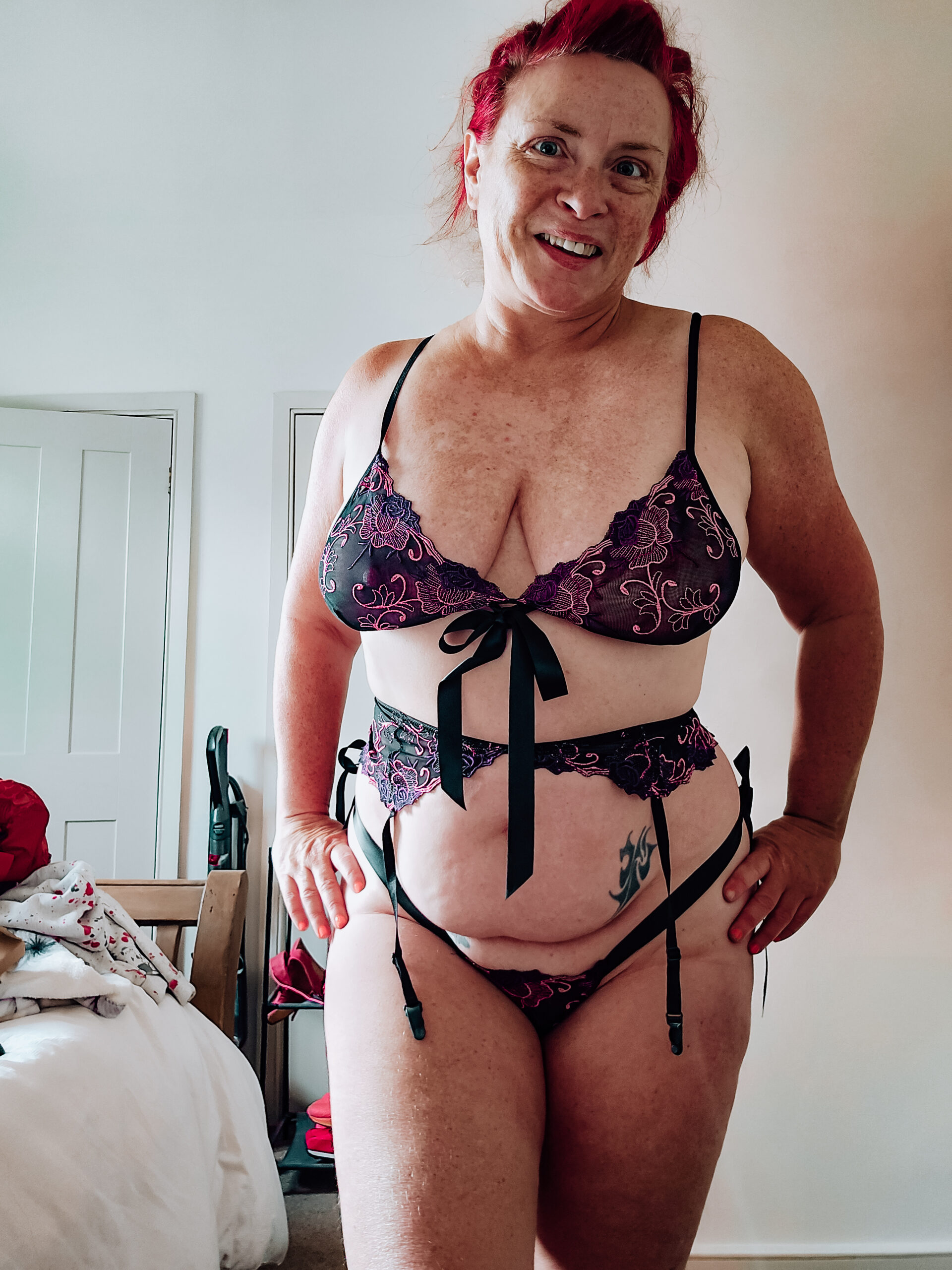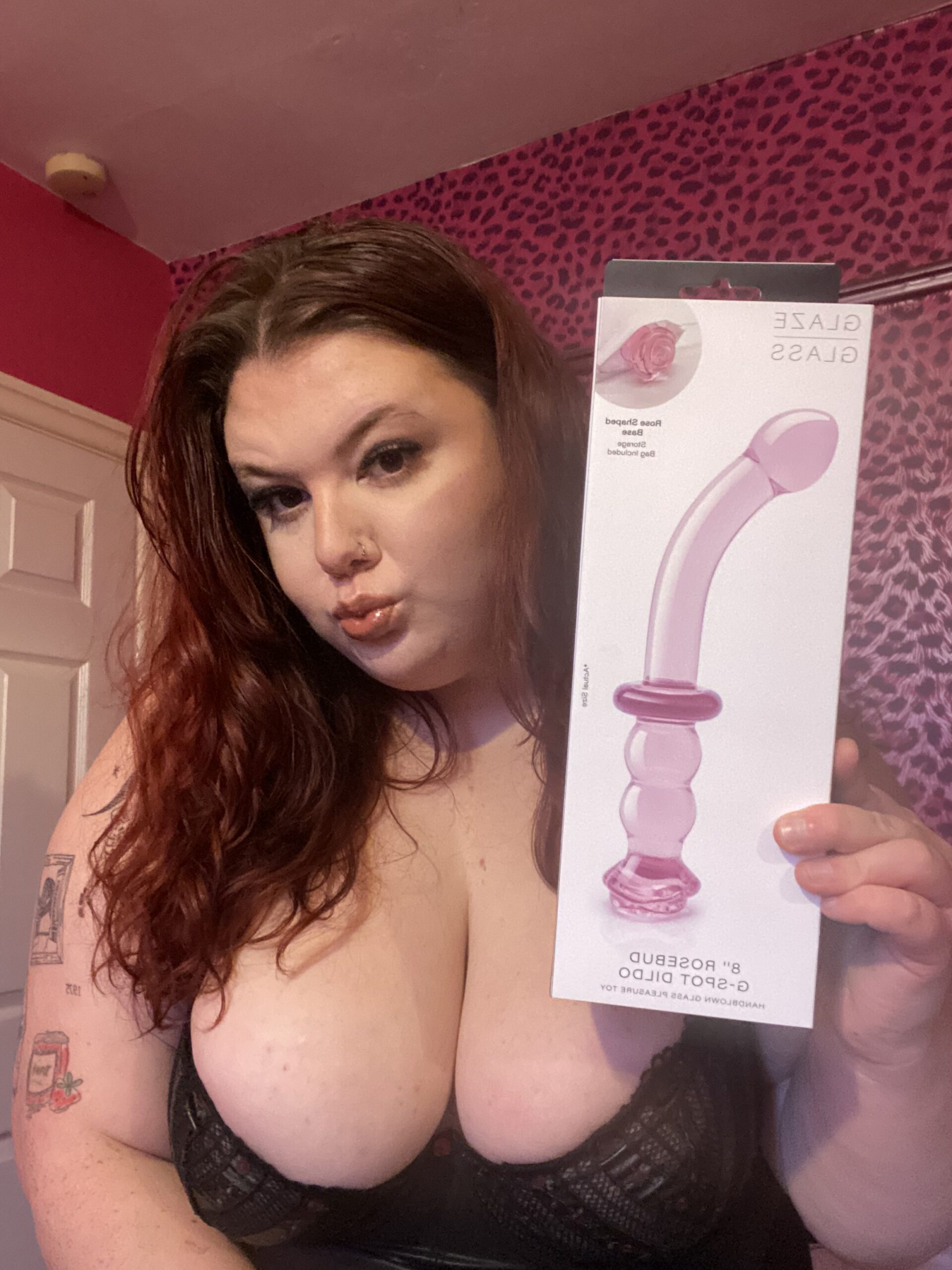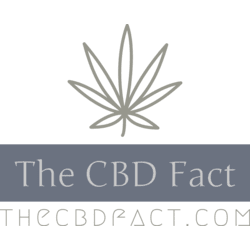The Evolving Understanding Of Pansexuality In Today’s Dating Culture
Historical Context
Understanding contemporary expressions of sexuality requires a journey through time. Pansexuality, like many aspects of human identity, has evolved alongside societal norms and understandings. Tracing its historical context unveils the shifting landscape of sexual orientation and how it intersects with cultural trends, social movements, and evolving definitions of love and relationships.
Early Definitions and Conceptions
Early conceptions of pansexuality were often intertwined with broader ideas about gender and sexuality. In the late 19th and early 20th centuries, terms like “polyamory” or “universal love” reflected a desire for expansive expressions of connection beyond traditional binaries. However, these concepts lacked the specificity that modern understandings of pansexuality possess.
The term “pansexual” itself is thought to have emerged in the mid-20th century, drawing influence from feminist and LGBTQ+ movements challenging rigid societal norms. This period saw a growing emphasis on individual experiences and the dismantling of heteronormative expectations.
Shifting Social Attitudes towards Sexuality
The latter half of the 20th century witnessed significant progress in LGBTQ+ rights, fostering greater visibility and acceptance for diverse sexual orientations. This shift empowered individuals to explore their identities more openly, leading to a clearer articulation of pansexuality as distinct from other sexual orientations like bisexuality.
Contemporary dating culture reflects this evolution. While societal attitudes towards sexuality continue to evolve, there is growing awareness and acceptance of pansexuality. Online platforms and social media have provided spaces for individuals to connect and share their experiences, contributing to a more inclusive understanding of relationships.
Contemporary Understanding of Pansexuality
Understanding contemporary expressions of sexuality requires a journey through time. Pansexuality, like many aspects of human identity, has evolved alongside societal norms and understandings. Tracing its historical context unveils the shifting landscape of sexual orientation and how it intersects with cultural trends, social movements, and evolving definitions of love and relationships.
Defining Pansexuality in the Modern Era
Understanding contemporary expressions of sexuality requires a journey through time. Pansexuality, like many aspects of human identity, has evolved alongside societal norms and understandings. Tracing its historical context unveils the shifting landscape of sexual orientation and how it intersects with cultural trends, social movements, and evolving definitions of love and relationships.

Early conceptions of pansexuality were often intertwined with broader ideas about gender and sexuality. In the late 19th and early 20th centuries, terms like “polyamory” or “universal love” reflected a desire for expansive expressions of connection beyond traditional binaries. However, these concepts lacked the specificity that modern understandings of pansexuality possess.
The term “pansexual” itself is thought to have emerged in the mid-20th century, drawing influence from feminist and LGBTQ+ movements challenging rigid societal norms. This period saw a growing emphasis on individual experiences and the dismantling of heteronormative expectations.
The latter half of the 20th century witnessed significant progress in LGBTQ+ rights, fostering greater visibility and acceptance for diverse sexual orientations. This shift empowered individuals to explore their identities more openly, leading to a clearer articulation of pansexuality as distinct from other sexual orientations like bisexuality.
Contemporary dating culture reflects this evolution. While societal attitudes towards sexuality continue to evolve, there is growing awareness and acceptance of pansexuality. Online platforms and social media have provided spaces for individuals to connect and share their experiences, contributing to a more inclusive understanding of relationships.
The Intersectionality of Pansexuality
Understanding contemporary expressions of sexuality requires a journey through time. Pansexuality, like many aspects of human identity, has evolved alongside societal norms and understandings. Tracing its historical context unveils the shifting landscape of sexual orientation and how it intersects with cultural trends, social movements, and evolving definitions of love and relationships.

Early conceptions of pansexuality were often intertwined with broader ideas about gender and sexuality. In the late 19th and early 20th centuries, terms like “polyamory” or “universal love” reflected a desire for expansive expressions of connection beyond traditional binaries. However, these concepts lacked the specificity that modern understandings of pansexuality possess.
The term “pansexual” itself is thought to have emerged in the mid-20th century, drawing influence from feminist and LGBTQ+ movements challenging rigid societal norms. This period saw a growing emphasis on individual experiences and the dismantling of heteronormative expectations.
The latter half of the 20th century witnessed significant progress in LGBTQ+ rights, fostering greater visibility and acceptance for diverse sexual orientations. This shift empowered individuals to explore their identities more openly, leading to a clearer articulation of pansexuality as distinct from other sexual orientations like bisexuality.
Contemporary dating culture reflects this evolution. While societal attitudes towards sexuality continue to evolve, there is growing awareness and acceptance of pansexuality. Online platforms and social media have provided spaces for individuals to connect and share their experiences, contributing to a more inclusive understanding of relationships.
Cultural Representations and Media Portrayals

Understanding contemporary expressions of sexuality requires a journey through time. Pansexuality, like many aspects of human identity, has evolved alongside societal norms and understandings. Tracing its historical context unveils the shifting landscape of sexual orientation and how it intersects with cultural trends, social movements, and evolving definitions of love and relationships.
Early conceptions of pansexuality were often intertwined with broader ideas about gender and sexuality. In the late 19th and early 20th centuries, terms like “polyamory” or “universal love” reflected a desire for expansive expressions of connection beyond traditional binaries. However, these concepts lacked the specificity that modern understandings of pansexuality possess.
The term “pansexual” itself is thought to have emerged in the mid-20th century, drawing influence from feminist and LGBTQ+ movements challenging rigid societal norms. This period saw a growing emphasis on individual experiences and the dismantling of heteronormative expectations.
The latter half of the 20th century witnessed significant progress in LGBTQ+ rights, fostering greater visibility and acceptance for diverse sexual orientations. This shift empowered individuals to explore their identities more openly, leading to a clearer articulation of pansexuality as distinct from other sexual orientations like bisexuality.
Contemporary dating culture reflects this evolution. While societal attitudes towards sexuality continue to evolve, there is growing awareness and acceptance of pansexuality. Online platforms and social media have provided spaces for individuals to connect and share their experiences, contributing to a more inclusive understanding of relationships.
- Modern dating apps: Many dating apps now include the option to identify as pansexual, allowing users to connect with others who share their experiences.
- Representation in media:**
- Social media activism: Platforms like Twitter and Instagram have become spaces for pansexual individuals to connect, share their stories, and advocate for greater visibility and acceptance.
Increasingly, television shows, movies, and literature are featuring pansexual characters in more nuanced and complex ways, challenging stereotypes and fostering understanding.
Experiences within Dating Culture
Dating culture is a constantly evolving landscape, shaped by societal norms, technology, and individual experiences. Within this dynamic environment, understandings of sexuality are continually being redefined. One such evolution is the growing recognition and acceptance of pansexuality.
Navigating Online Dating Platforms
Navigating online dating platforms as a pansexual individual presents both opportunities and challenges within the ever-evolving landscape of modern dating culture.
On one hand, the rise of inclusivity in many dating apps allows pansexual individuals to find matches who share their identity and values.
This visibility can foster a sense of community and belonging, enabling connections based on shared experiences and understanding.
However, navigating online dating as a pansexual person can also involve encountering misconceptions or outdated understandings of sexuality.
It’s not uncommon to encounter individuals who may be unfamiliar with the term “pansexual” or hold limiting views about sexual fluidity.
This can lead to situations where profiles are misinterpreted, leading to awkward interactions or disappointment.
Overcoming these challenges often involves clear communication and education.
Being upfront about one’s pansexual identity in profile descriptions or early conversations can help attract individuals who are open-minded and respectful.
It also empowers individuals to set boundaries and filter out those who exhibit biases or dismissive attitudes.
Furthermore, engaging in conversations that educate others about pansexuality can contribute to a more inclusive dating environment for all.
Challenges and Biases Faced by Pansexual Individuals
Dating culture is a constantly evolving landscape, shaped by societal norms, technology, and individual experiences. Within this dynamic environment, understandings of sexuality are continually being redefined. One such evolution is the growing recognition and acceptance of pansexuality.
Navigating online dating platforms as a pansexual individual presents both opportunities and challenges within the ever-evolving landscape of modern dating culture.
On one hand, the rise of inclusivity in many dating apps allows pansexual individuals to find matches who share their identity and values.
This visibility can foster a sense of community and belonging, enabling connections based on shared experiences and understanding.
However, navigating online dating as a pansexual person can also involve encountering misconceptions or outdated understandings of sexuality.
It’s not uncommon to encounter individuals who may be unfamiliar with the term “pansexual” or hold limiting views about sexual fluidity.
This can lead to situations where profiles are misinterpreted, leading to awkward interactions or disappointment.
Overcoming these challenges often involves clear communication and education.
Being upfront about one’s pansexual identity in profile descriptions or early conversations can help attract individuals who are open-minded and respectful.
It also empowers individuals to set boundaries and filter out those who exhibit biases or dismissive attitudes.
Furthermore, engaging in conversations that educate others about pansexuality can contribute to a more inclusive dating environment for all.
Despite these challenges, the increasing visibility of pansexuality in modern dating culture offers hope for a future where individuals can express their identities authentically and find loving connections without facing prejudice or discrimination.
Building Inclusive and Accepting Environments
Dating culture is a constantly evolving landscape, shaped by societal norms, technology, and individual experiences. Within this dynamic environment, understandings of sexuality are continually being redefined. One such evolution is the growing recognition and acceptance of pansexuality.
Navigating online dating platforms as a pansexual individual presents both opportunities and challenges within the ever-evolving landscape of modern dating culture.
On one hand, the rise of inclusivity in many dating apps allows pansexual individuals to find matches who share their identity and values.
This visibility can foster a sense of community and belonging, enabling connections based on shared experiences and understanding.
However, navigating online dating as a pansexual person can also involve encountering misconceptions or outdated understandings of sexuality.
It’s not uncommon to encounter individuals who may be unfamiliar with the term girthy dildos “pansexual” or hold limiting views about sexual fluidity.
This can lead to situations where profiles are misinterpreted, leading to awkward interactions or disappointment.
Overcoming these challenges often involves clear communication and education.
Being upfront about one’s pansexual identity in profile descriptions or early conversations can help attract individuals who are open-minded and respectful.
It also empowers individuals to set boundaries and filter out those who exhibit biases or dismissive attitudes.
Furthermore, engaging in conversations that educate others about pansexuality can contribute to a more inclusive dating environment for all.
Despite these challenges, the increasing visibility of pansexuality in modern dating culture offers hope for a future where individuals can express their identities authentically and find loving connections without facing prejudice or discrimination.
Future Perspectives
The contemporary landscape of dating has witnessed a profound shift in how we understand and express sexuality. Pansexuality, once a relatively obscure term, is now gaining greater visibility and acceptance within modern dating culture. This evolution reflects broader societal changes towards inclusivity and a deeper understanding of the spectrum of human experience. As online platforms become increasingly prominent in the realm of romantic connection, they play a crucial role in shaping these evolving perceptions.
Evolving Language and Terminology
The way we understand and define sexuality is constantly evolving. Language itself reflects this change, with terms like “pansexuality” gaining more prominence in contemporary dating culture.
Online platforms are driving this evolution by providing spaces for individuals to connect based on shared identities and experiences. Dating apps now often include the option to identify as pansexual, allowing users to find matches who understand and affirm their identity. This visibility fosters a sense of belonging and can make navigating the dating world less isolating for pansexual individuals.
However, this increased visibility doesn’t erase the challenges. Misconceptions about pansexuality still exist, and some individuals may be unfamiliar with the term or hold outdated views about sexuality. This can lead to misunderstandings and potentially hurtful interactions. Clear communication and education are crucial for overcoming these hurdles.
Openly expressing one’s pansexual identity in profiles and conversations helps attract like-minded individuals and sets boundaries with those who may not be receptive. Engaging in conversations that educate others about pansexuality also contributes to a more inclusive and understanding dating environment.
The future of language and terminology surrounding sexuality is likely to continue evolving as society progresses towards greater acceptance and inclusivity. This ongoing evolution reflects the richness and complexity of human experience, acknowledging the diversity of ways individuals express their identities and desires.
Increased Visibility and Acceptance
Future Perspectives
Increased visibility and acceptance are shaping the landscape of pansexuality in modern dating culture. As societal norms continue to evolve, we can expect further progress in understanding and embracing diverse sexual orientations. Online platforms will likely play a crucial role in this evolution, providing spaces for connection, education, and community building.
Several factors contribute to this optimistic outlook:
* **Continued Education and Awareness:**
Increased awareness about pansexuality through media representation, educational initiatives, and open conversations will lead to greater understanding and acceptance within society.
* **Technological Advancements:** Dating apps and social media will continue to evolve, offering more inclusive features and fostering connections based on shared values and identities.
* **Shifting Societal Norms:** As younger generations grow up with more exposure to diversity and inclusivity, traditional notions of sexuality will continue to be challenged and redefined.
This progress promises a future where pansexual individuals feel empowered to express their identities openly and confidently. Dating experiences will become more inclusive, respectful, and authentic as societal acceptance deepens.
The Role of Education and Advocacy
Future Perspectives
The evolving understanding of pansexuality in today’s dating culture holds promising implications for the future. Several factors contribute to this optimistic outlook:
Increased Education and Awareness: Continued efforts to educate society about pansexuality through media representation, educational initiatives, and open conversations will lead to greater understanding and acceptance within society. This increased awareness will help dispel misconceptions and foster a more inclusive environment for pansexual individuals.
Technological Advancements: Online platforms like dating apps and social media are likely to play an increasingly important role in shaping perceptions of sexuality. As these technologies evolve, we can expect to see more inclusive features that cater to the diverse needs and experiences of pansexual users. This could include more options for expressing one’s identity, improved matching algorithms that prioritize compatibility based on shared values, and safer spaces for connecting with others.
Shifting Societal Norms: Younger generations are growing up in a world where diversity and inclusivity are increasingly valued. As these individuals enter adulthood, they will bring their open-minded perspectives to dating culture, further challenging traditional notions of sexuality and paving the way for greater acceptance of pansexuality.
The Role of Education and Advocacy
Education and advocacy will be crucial drivers in shaping a more inclusive future for pansexual individuals in dating and beyond.
Educating ourselves and others about pansexuality is essential: Understanding the nuances of this identity, challenging misconceptions, and promoting respectful language are all important steps towards fostering acceptance.
Advocacy efforts can amplify the voices of pansexual individuals: Supporting organizations that promote LGBTQ+ rights, speaking out against prejudice and discrimination, and creating platforms for sharing personal experiences can contribute to a more inclusive and equitable society.
By working together, we can create a future where all individuals feel comfortable expressing their identities authentically and finding meaningful connections based on respect, understanding, and shared values.
Explore everything mentioned here
See the article for every detail
- New Patient Treatment Near Croydon, Surrey - May 30, 2025
- Nu-Derm Skin System Near Merstham, Surrey - May 30, 2025
- The Evolving Understanding Of Pansexuality In Today’s Dating Culture - May 30, 2025
